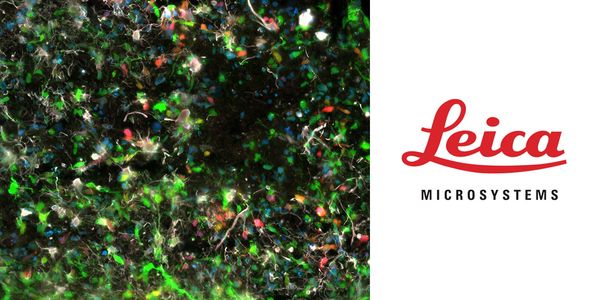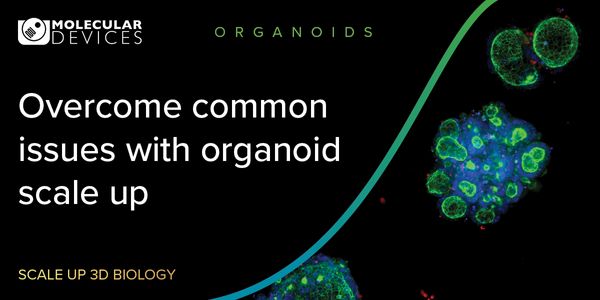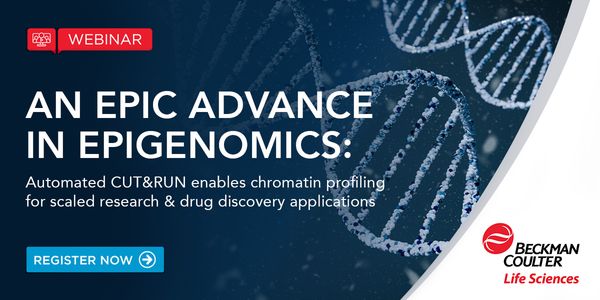Senior Research Scientist, Regenerative Medicine RxGen, Inc.
BIOGRAPHY

AUG 30, 2016 8:00 AM PDT
Translating Pluripotent Stem Cell Therapies For Focal Brain Disorders
Presented at:
4th Annual 24 Hours of Stem Cells™ virtual event
Speaker
Abstract
A major challenge for the clinical application of pluripotent stem cell therapy for neurodegenerative diseases is large-scale manufacturing and cryopreservation of neurons and glia that can be prepared for surgery with minimal manipulation. To address this obstacle, midbrain dopamine (iPSC-mDA) and forebrain (iPSC-FB) lineage neurons were derived from human induced pluripotent stem cells and cryopreserved in large production lots for biochemical and transplantation studies. Cryopreserved, post-mitotic neurons retained high-viability with gene, protein, and electrophysiological signatures consistent with that of the neuronal lineage. To test therapeutic efficacy, cryopreserved iPSC-mDA neurons were transplanted without sub-culturing into the 6-OHDA-lesioned rat and MPTP-lesioned nonhuman-primate models of PD. Grafted neurons retained midbrain lineage with extensive innervation of both rodent and monkey brain with no aberrant growth. Behavioral assessment in parkinsonian rats demonstrated significant reversal in functional deficits up to 6-months post-transplantation. In addition, cryopreserved iPSC-FB neurons grafted into the striatum of athymic NUDE rats survived and innervated distant anterior and posterior brain structures at 9-months post-grafting. These findings demonstrate a simple and efficacious surgical intervention to deliver cryopreserved iPSC-derived neurons for brain disorders and support translational development of pluripotent cell-based therapies in neurodegenerative disease.
You May Also Like
MAR 26, 2024 | 7:00 PM
C.E. CREDITS
The implementation of a preemptive pharmacogenomics (PGx) program in a hospital setting requires a multidisciplinary approach to ensure seamless integration of each stage of the process for...
Speaker:
Steven Melnick. Ph.D., M.D.
, Dr. David Mancuso, Pharm.D. CPh , MSPM
Sponsored By: Thermo Fisher Scientific
MAR 26, 2024 | 8:00 AM
C.E. CREDITS
The implementation of a preemptive pharmacogenomics (PGx) program in a hospital setting requires a multidisciplinary approach to ensure seamless integration of each stage of the process for...
Speaker:
Steven Melnick. Ph.D., M.D.
, Dr. David Mancuso, Pharm.D. CPh , MSPM
Sponsored By: Thermo Fisher Scientific
DEC 05, 2023 | 8:00 AM
CGX10 Cell Isolation System: Introduction, Utility, and Assessment in a GMP-grade Environment for Multiparametric Cell Sorting A future of long-term, minimally toxic immunotherapy personaliz...
OCT 31, 2023 | 9:00 AM
Gene therapy holds potential for treating neurological diseases by delivering genetic information into specific cell types. However, selective and efficient targeting of cell types remains c...
OCT 24, 2023 | 8:00 AM
Organoids are three-dimensional (3D) multi-cellular, microtissues derived from stem cells that closely mimic the complex structure and functionality of human organs. They offer more accurate...
OCT 24, 2023 | 10:00 AM
Dynamic changes in chromatin drive gene expression programs during cellular development and contribute to pathological changes underlying disease. To date, efforts to characterize chromatin...
Loading Comments...
Please update your information
Certificate of Attendance
Thank you for choosing Labroots. Please note that a Certificate of Attendance does NOT count towards Continuing Education Credits.
DOWNLOAD CERTIFICATE
DOWNLOAD CERTIFICATE
You must watch the entire webinar to receive your certificate of attendance.
You must attend the event before receiving your certificate of attendance.
You must register for the event first.
Certificate is no longer available for this event.
You must be logged in to retrieve your certificate.
Finish Registering
Attendees
-
APR 30, 2024Immuno-Oncology Virtual Event Series 2024
-
MAY 07, 20243rd International Biosecurity Virtual Symposium
-
JUN 06, 2024The Future of Scientific Conferencing
- See More
-
APR 24, 2024
- See More












































